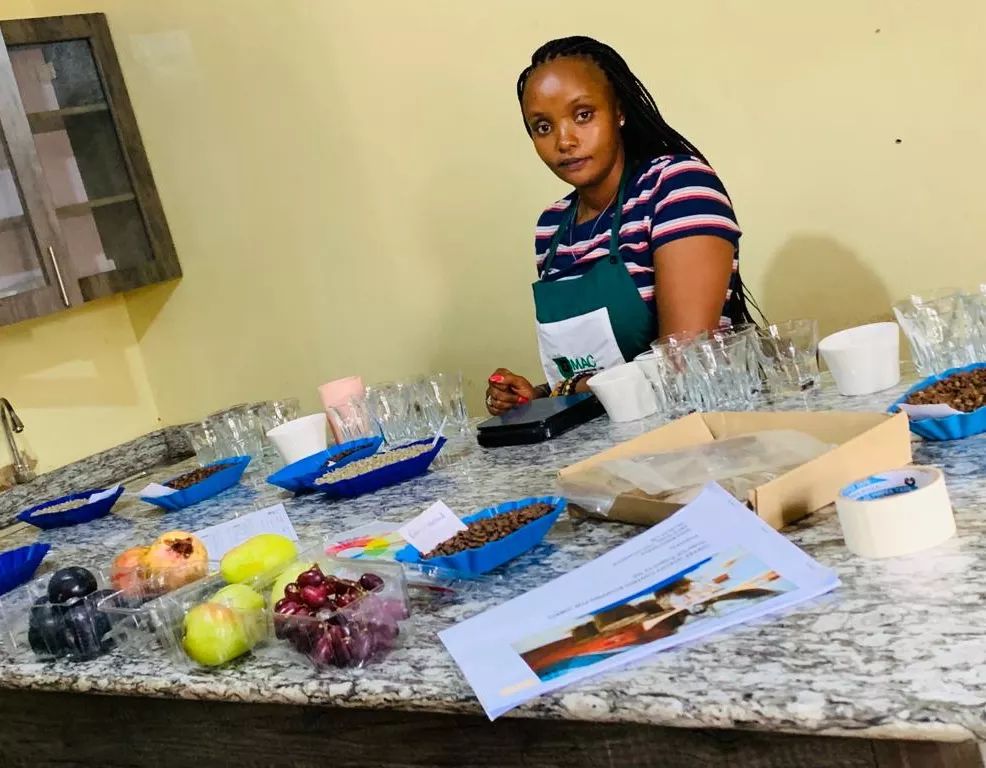
Coffee cupping is a valuable practice used by coffee professionals and enthusiasts to evaluate and appreciate the various flavors, aromas, and nuances of different coffee beans. Whether you’re a coffee connoisseur, a coffee shop owner, or simply someone curious about the art of coffee tasting, this blog post will walk you through the essential steps of a coffee cupping session.
Step 1: Gathering the Tools: To conduct a successful coffee cupping, you’ll need the following tools:
- Freshly roasted coffee beans: Select a variety of coffee beans representing different origins, roast levels, and flavor profiles.
- Grinder: Use a burr grinder to grind the coffee beans just before cupping.
- Cups: Choose specialized coffee cupping cups, which are typically shallow, cylindrical, and made of ceramic or glass.
- Cupping spoons: Use long-handled, shallow spoons specifically designed for coffee cupping.
- Water: Provide clean, preferably filtered water at a controlled temperature for brewing and rinsing the spoons.
- Cupping sheets: Prepare cupping score sheets to record your observations during the tasting process.
Step 2: Bean Evaluation: Before the cupping process, visually inspect and evaluate the coffee beans. Look for the size, shape, color, and uniformity of the beans. Additionally, take note of any defects or irregularities that may impact the cupping experience.
Step 3: Grinding the Beans: Grind the coffee beans uniformly, ensuring a consistent particle size. It’s recommended to use a medium-coarse grind for cupping. Clean the grinder between different coffee samples to prevent cross-contamination of flavors.
Step 4: Aroma Assessment: Take a moment to smell the dry, freshly ground coffee. Inhale deeply to detect the aroma and make note of the initial impressions. Consider the fragrance, intensity, and specific notes that come to mind. This step helps you understand the aromatic qualities of each coffee sample.
Step 5: Wetting the Grounds: Add a precise amount of hot water to each cup, allowing the coffee to steep for several minutes. The ratio typically used is 8.25 grams of coffee to 150 milliliters of water. Ensure the water temperature is between 195°F and 205°F (90°C to 96°C) for optimal extraction.
Step 6: Breaking the Crust: After steeping, use a spoon to break the crust that forms on the surface of each cup. As you break the crust, inhale the aromas that are released. This step allows you to experience the coffee’s fragrance in a more concentrated form.
Step 7: Evaluating Flavor and Body: Using a spoon, carefully scoop a small amount of coffee from the cup, taking care to remove any lingering foam or grounds. Slurp the coffee from the spoon, allowing it to coat your entire palate. Pay attention to the coffee’s acidity, sweetness, bitterness, and other flavor attributes. Consider the body, or mouthfeel, which describes the texture and weight of the coffee.
Step 8: Scoring and Recording: Record your observations on the cupping score sheets, noting the aroma, flavor, acidity, body, and any other attributes you identify. Assign scores or descriptors based on your personal assessment.
Step 9: Comparisons and Discussions: After evaluating each coffee sample individually, compare and contrast the flavors and characteristics across different cups. Engage in discussions with fellow cuppers to share insights, opinions, and preferences.
Conclusion: Coffee cupping is a valuable tool for understanding and appreciating the wide array of flavors and qualities found in coffee beans. By following these steps and engaging in regular cupping sessions, you’ll deepen your knowledge of coffee and enhance your ability to select and appreciate the perfect cup. Happy cupping!
